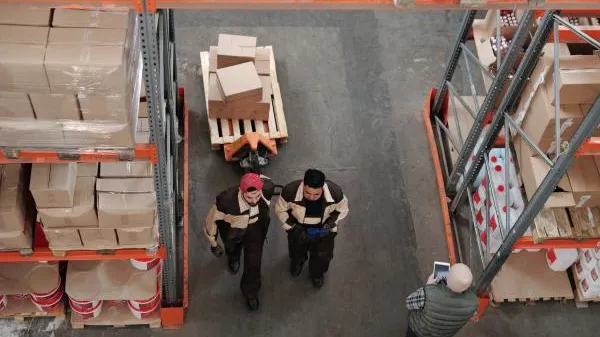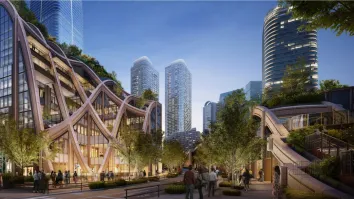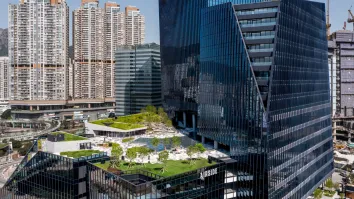
What is the biggest concern for warehouse occupiers today?
Nearly two-thirds agree that cost escalation is the greatest challenge for them.
The omnichannel distribution model that has been dominant amidst the pandemic has brought increased cost concerns for logistics occupiers as it increased complexity and frequency of deliveries.
A recent CBRE survey reveals that increased cost for fuel, transport and labour was the biggest concern from 61% of occupiers, ahead of pandemic-related impacts (51%) and economic uncertainty (50%). Real estate rent emerged as one of the top three factors occupiers consider when deciding where to locate facilities, alongside proximity to transportation, and proximity to markets and consumers.
The focus of logistics expansion is shifting from prime locations to satellite cities adjacent to metropolitan areas. Nearly 70% of occupiers surveyed expect to use more facilities in satellite cities, which often can be let for up to 50% less compared with prime locations. These secondary locations also offer high quality logistics space for expansion and consolidation. Occupiers have been quick to secure space, leading to vacancy in satellite locations such as Ken-o-do in Greater Tokyo falling from nearly 20% in 2017 to just 0.7% in Q2 2021.
Next generation logistics facilities
CBRE’s survey found that logistics occupiers with an eye on keeping costs low, while increasing efficiency and handling capacity, will have certain expectations for newer logistics facilities. These include requirements for facilities with green certificates or sustainability features (69%), chilled or frozen storage space (60%) as a result of omnichannel grocery retail demand, and multi-story facilities with ramp-up access that offer enhanced space utilisation (58%).
“Modern logistics operations are changing, and so the next generation facilities will need to evolve to meet new requirements. Well-designed warehouses with higher ceiling heights, wider column grids, ample dock space, and direct access are already becoming some of the most sought-after features by logistics property occupiers,” said Troy Shortell, Head of Supply Chain Advisory, Asia, at CBRE.
Get the full report here.


















 Advertise
Advertise


